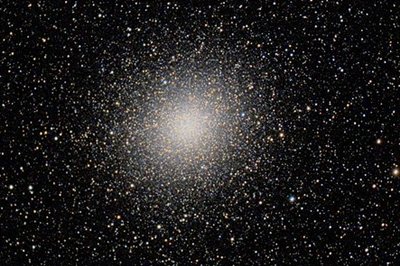 The Omega nebula is a star-forming region in the constellation of Sagittarius. It is also called the Swan Nebula and the Horseshoe Nebula, as it takes the shape of both a swan and a horse shoe. It was discovered by Swiss astronomer Philippe Loys de Chéseaux in 1745-1746. It is just one of many galactic bodies with nebulae properties. It is also referred to as Messier 17 (M17), in respect to Charles Messier who developed a catalog of stars in 1764.
The Omega nebula is a star-forming region in the constellation of Sagittarius. It is also called the Swan Nebula and the Horseshoe Nebula, as it takes the shape of both a swan and a horse shoe. It was discovered by Swiss astronomer Philippe Loys de Chéseaux in 1745-1746. It is just one of many galactic bodies with nebulae properties. It is also referred to as Messier 17 (M17), in respect to Charles Messier who developed a catalog of stars in 1764.
The nebula is said to be 6,000 light years away from the earth. At its core lies an open cluster of stars. It is considered at least 40 times larger than the earth, and a hundred thousand times more radiant than the sun.
The color of the Omega nebula is reddish and at times pinkish. On the other hand, the brightest region is actually white. This is said to be a result of mixture of hot gas emissions and the light of the bright star in the region. Its nebula is heated by hidden young stars, which make up the infrared light appearance.
M17 is considered exceptionally juvenile-in astronomical terms. It is visible through the naked eye because of it apparent brightness. It is adjacent to the M16, which is the Eagle nebula.
